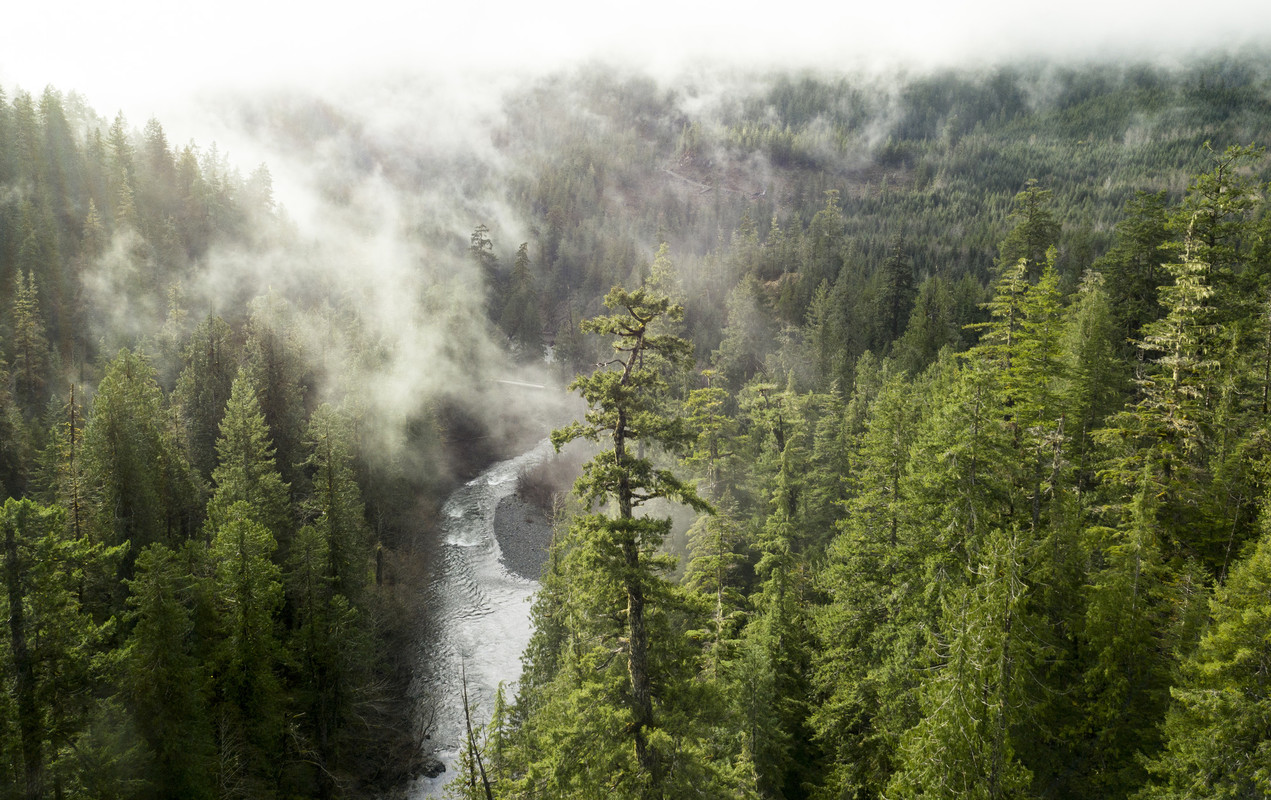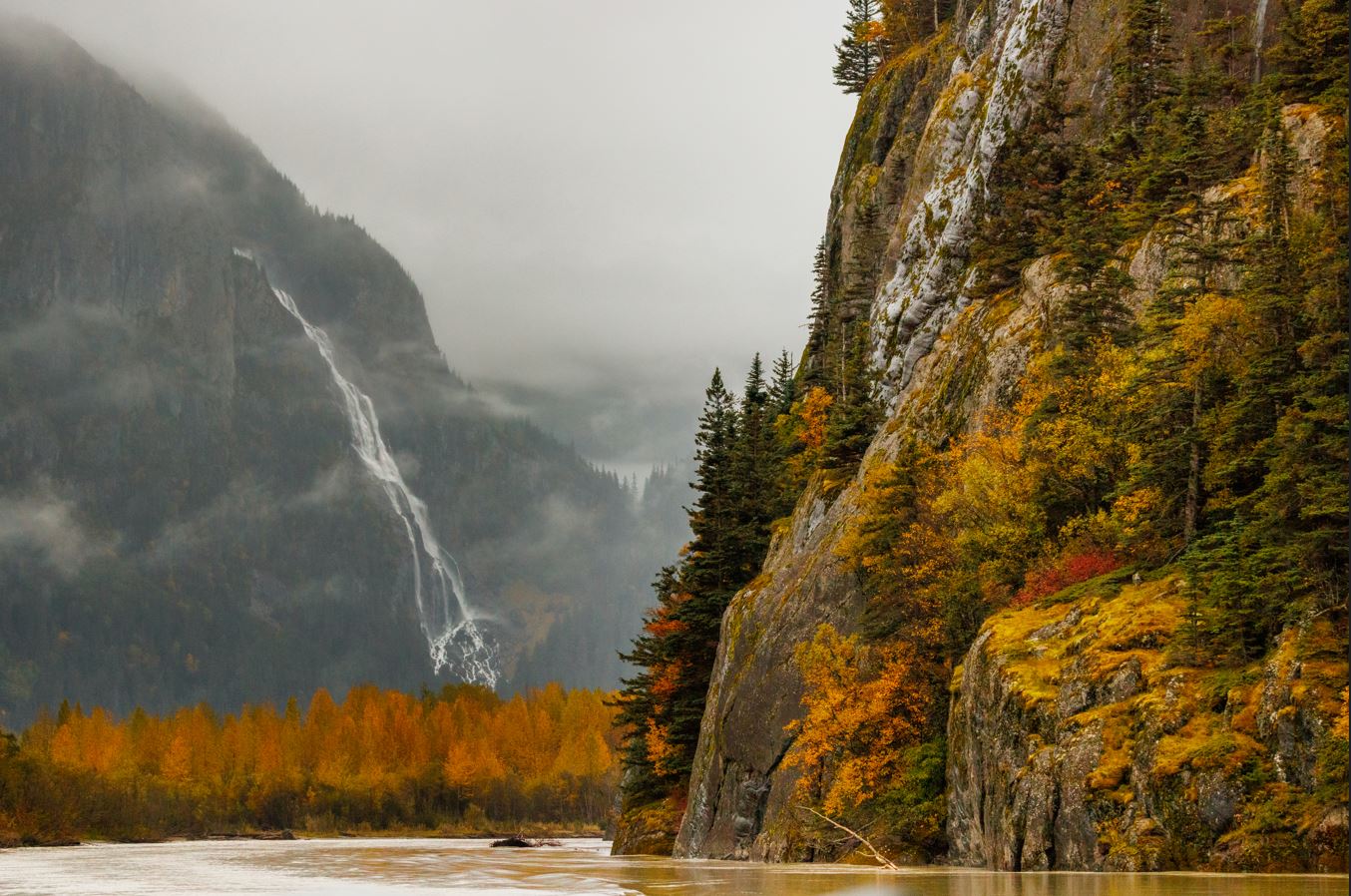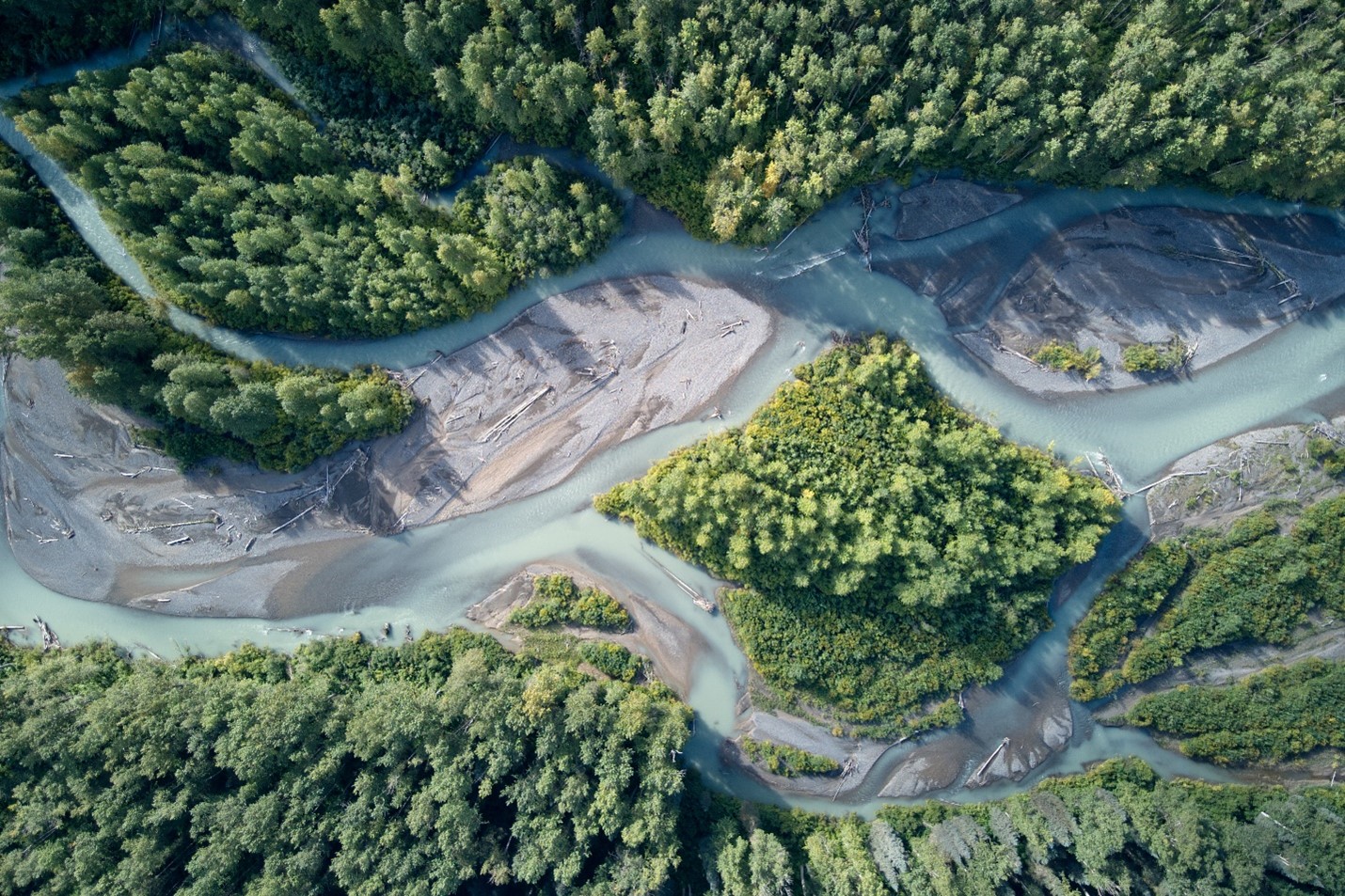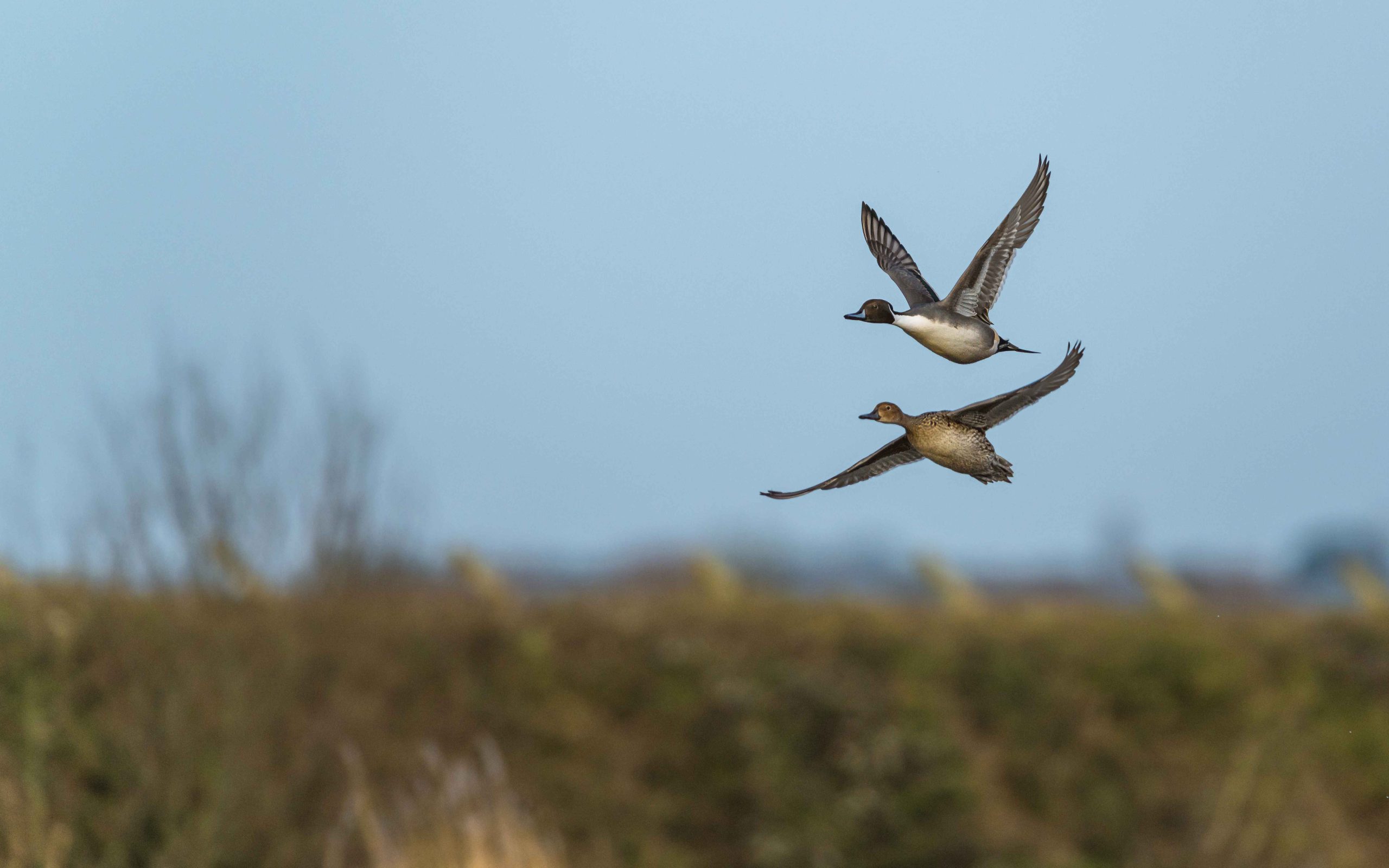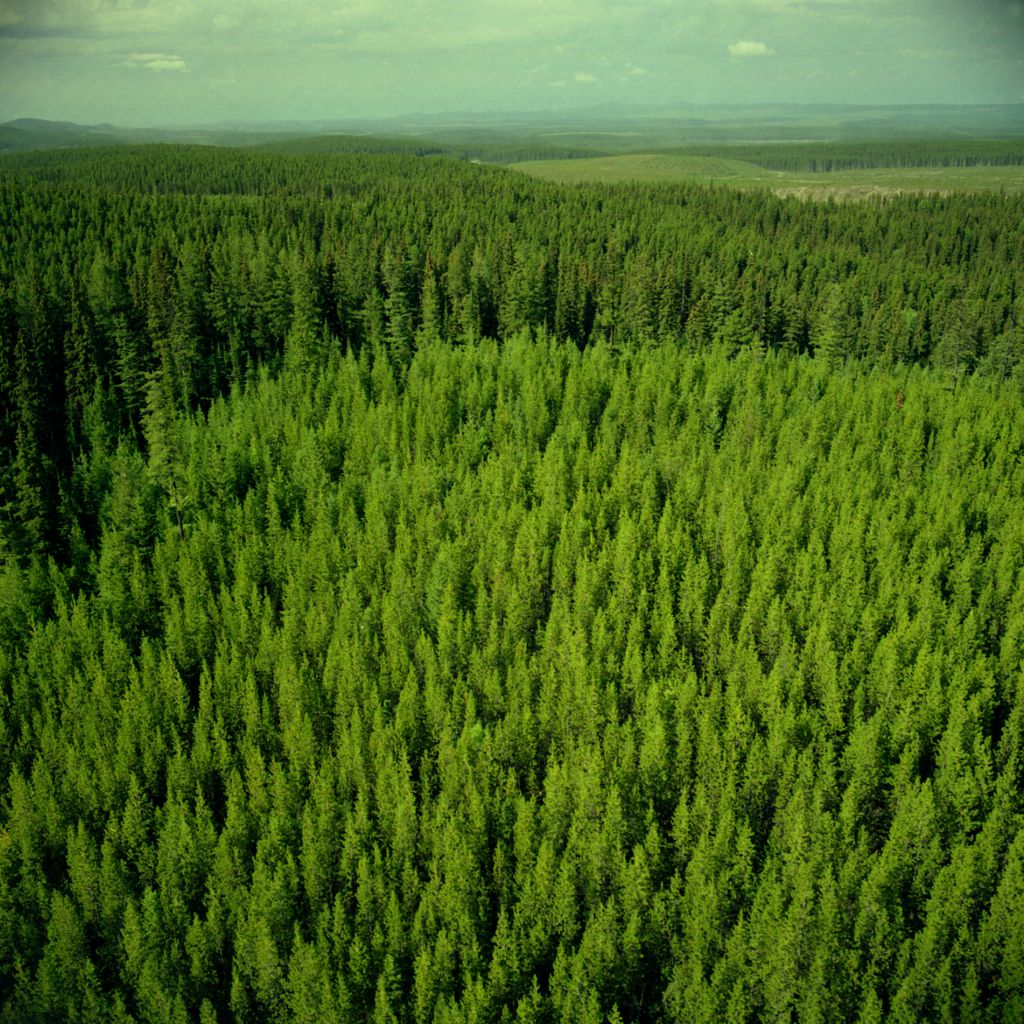
Land Transfers in Northeast British Columbia
On this page…
- Engagement summary
- Treaty Land Entitlement
- TLE Settlements and Land Agreements
- Site C Tripartite Land Agreements
- Engagement
- Land parcel information – selection maps and spatial data
- How to provide feedback
- How your feedback will be considered
Overview
Who: Treaty 8 First Nations and Government
What: Transferring land owed to Treaty 8 First Nations
Where: Northeast B.C.
Why: To build relationships and advance reconciliation
How: Letter, Email
Engagement summary
The Province of British Columbia (the Province) is building relationships and advancing reconciliation with Treaty 8 First Nations based on mutual respect and recognition of Treaty rights. The Province and Treaty 8 First Nations in northeast B.C. are working together to transfer lands that are owed to Treaty 8 First Nations. Land transfers fall into two broad categories and will be fulfilled through:
- Lands to make up for those owed to Treaty 8 Nations since the signing of Treaty 8 -Treaty Land Entitlement (TLE) settlements, and
- Lands to accommodate First Nations for the impacts of the Site C Clean Energy Project to Treaty 8 rights through Site C Tripartite Land Agreements.
To keep selected land parcels as clear as possible while the transfer process is happening, the Province will establish temporary protections (e.g., Land Act Section 17) on land selections while land transfer processes are underway.
Parcels with temporary protections remain Crown lands and hold the land in its current state until the land process is complete. Once a land transfer is complete, permission to access the land is required from the respective First Nation.
Transferring land is a lengthy process that does not happen right away.
Treaty Land Entitlement
Following the signing of Treaty 8 between 1900-1914, the Government of Canada (Canada) allocated reserve land to eight First Nations in northeast B.C. Under Treaty 8, the Crown guaranteed the First Nation signatories would receive land according to a population-based formula. Some Treaty 8 First Nations did not receive all the land they were entitled to under the signed Treaty, thus making them eligible to file a TLE claim to seek a settlement with the Province and Canada for the lands owed to them under Treaty 8.
On April 15, 2023, five Treaty 8 First Nations in B.C., alongside provincial and federal government representatives, announced settlement agreements of the Nations’ TLE claims.
The five Treaty 8 First Nations that currently have TLE settlements are:
- Blueberry River First Nations and Doig River First Nation (in a joint claim)
- Halfway River First Nation and West Moberly First Nations (in a joint claim)
- Saulteau First Nations
The settlements were announced by Chief Judy Desjarlais, Blueberry River First Nations; Chief Trevor Makadahay, Doig River First Nation; Chief Darlene Hunter, Halfway River First Nation; Chief Justin Napoleon, Saulteau First Nations; and Chief Roland Willson, West Moberly First Nations along with Marc Miller, federal Minister of Crown-Indigenous Relations; B.C. Premier David Eby; and Murray Rankin, B.C. Minister of Indigenous Relations and Reconciliation.
Honouring treaty obligations to First Nations and working collaboratively to renew relationships are fundamental to addressing historical wrongs and advancing reconciliation with Indigenous Peoples in Canada. The TLE settlements have the potential to create improved economic opportunities for the entire northeast region of British Columbia.
For more than 100 years, Treaty 8 First Nations were deprived of the use and benefit of thousands of acres of land owed to them under treaty, while the resources on and under those lands were taken and developed by others.
The resolution of the TLE claims is the result of dedicated efforts by successive First Nation councils, staff, membership and negotiators since 2004. The TLE settlements demonstrate the federal and provincial governments’ commitment to advancing reconciliation – one that shows commitment to build trust, acknowledges and respects the Treaty relationship, and helps build a better future for all Canadians.
Public engagement on the Saulteau First Nations’ TLE Settlement and Site C Tripartite Land Agreement land parcels is welcomed until Sunday, March 17, 2024.
TLE Settlement and Lands Agreements
Under the settlement agreements, Canada has provided the First Nations compensation for these losses and costs relating to the claims. In addition to this, the Province will make available approximately 44,266 hectares (109,385 acres) of Crown land to the First Nations. The settlement agreements consider the following:
- The transfer of Crown land in BC:
- Shortfall Land: land that will be transferred directly to Canada to become federal reserve land, as owed to the First Nations to make their reserves the size they should have been after Treaty 8 was signed, and
- Additional Land: land that will be made available for purchase by the First Nation, at fair market value. Some of this land will be transferred directly to Canada to become federal reserve land, while other portions will be transferred as fee simple lands. Land transferred in fee simple would be subject to laws, bylaws, zoning regulations and property taxes- like any other private property. Some of the fee simple lands may later be considered for additions to reserve or creations as reserve through the federal Addition to Reserve (ATR) process.
- Financial settlement from the federal government for lost opportunity for not having the Shortfall Land over the last 100 + years.
*fee simple = privately owned land registered under the provincial Land Title Act
Site C Tripartite Land Agreements
In 2013, Canada and the Province established a Joint Review Panel to examine the Site C Clean Energy Project; a public hearing was held and the Panel’s final report in May of 2014 determined that Site C will have adverse impacts to treaty rights of some Treaty 8 First Nations.
The Province heard from Treaty 8 First Nations, some of whom opposed the Site C project, and their perspectives were an important part of the deliberations on a very challenging decision to move forward with the project.
Site C Agreements have been negotiated between:
- BC Hydro
- Province of British Columbia
- Treaty 8 First Nations:
- Doig River First Nation
- Halfway River First Nation
- McLeod Lake Indian Band
- Prophet River First Nation
- Saulteau First Nations
- West Moberly First Nations
Commitments under the Site C Agreements related to land transfers include:
- Crown land in BC being transferred to First Nations, as private land (fee simple*), which would be subject to laws, bylaws, zoning regulations and property taxes – like any other private property.
- First Nations may apply to the federal government to add these land selections to an existing reserve or creation as a new reserve through the federal ATR process.
*fee simple = privately owned land registered under the provincial Land Title Act.
Engagement
Read the What We Heard from Stakeholders Report (November 2021)
Why We Engage
To share information about the land transfer process and proposed land selections, and to hear comments and feedback from partners for consideration as part of decision-making. Some interests and concerns may identify areas to be avoided or mitigated as well as possibly help inform changes to parcels.
How We Engage
The Province engages with the following partners:
- Tenure holders (with permits/leases/licenses/tenures that overlap parcels proposed for transfer)
- Local governments
- Interest groups (industry, recreation, conservation)
- Public
Engagement is conducted through in-person open houses, the govTogether website, correspondence (e-mail and letters) and the Northeast Roundtable. The Roundtable is a place for local governments, interest groups and First Nations to meet and discuss the identified land selections. It is also a place to help build awareness of government’s work on reconciliation and partnerships with First Nations. The Roundtable has been meeting since 2018 and continues to meet to discuss regional and provincial land and resource initiatives in Northeast BC.
Read the What We Heard from Stakeholders Report (November 2021)
Read the notes from the Charlie Lake open house held March 11, 2020
Read the notes from the Red Creek open house held March 12, 2020
Read the Land Transfer Fact Sheet
Read the Questions and Answers Sheet
Visit the Northeast Roundtable website for land transfer updates
Land parcel information – selection maps and spatial data
Public engagement has closed for the land parcels currently selected as part of the TLE Lands Agreements for Blueberry River, Doig River, Halfway River and West Moberly First Nations. Parcel-specific discussion may continue with certain interest holders to resolve third party interests on the TLE lands (such as permits, licenses, leases, and tenures) while land transfers are finalized.
The maps in the table below identified with an asterisk indicate the TLE land selections that have been selected as part of the TLE Lands Agreements and are closed for public engagement now, after a lengthy engagement period. There may still be some minor changes to parcel areas because of steps in the land transfer process, such as survey.
The Province will comprehensively engage stakeholders on new Crown land selections designated for transfer of ownership to First Nations as they become ready; currently these include parcel selections from Saulteau First Nations and West Moberly First Nations.
Note: As additional TLE and Site C land selections are submitted by First Nations, this section will be updated with all pertinent information, including spatial data.
Once all overlapping tenures and other issues have been addressed, the land parcels will be finalized for transfer. The Province will continue to engage with stakeholders on new land transfers.
Click the links in the table below to open overview maps, parcel-specific maps and spatial files (.KMZ) for use in Google Earth. Note that these parcel areas are subject to changes while the land transfer process is underway.
More information on importing KML/KMZ map data into Google Earth.
| Blueberry River First Nations | Doig River First Nation | Halfway River First Nation | McLeod Lake Indian Band | Prophet River First Nation | Saulteau First Nations | West Moberly First Nations | |
| Parcel Overview | Overview Map* | Overview Map* | Overview Map* | + | + | Overview Map | Lands Agreement Overview Map* |
| Outstanding Lands Overview Map | |||||||
| TLE Parcels | Detailed Selection Map* | Detailed Selection Map* | Detailed Selection Map* | Detailed Selection Map | Lands Agreement detailed selection map* | ||
| Outstanding Lands Phase 1 | |||||||
| Site C Parcels | + | Detailed Selection Map* | + | + | Detailed Selection Map | + | |
| Spatial Data | KMZ file* | KMZ file* | KMZ file* | + | + | KMZ file -TLE selections | KMZ file – Lands Agreement* |
| KMZ file – Site C selections | KMZ file -Outstanding Lands |
+ = public engagement has not been initiated yet; when parcels are ready, this table will be updated
How to provide feedback
Members of the public are invited to provide written comments about how they may be impacted by proposed land transfers for new Crown land selections designated for transfer of ownership to First Nations as they become ready; currently these include parcel selections from Saulteau First Nations, certain new parcels from West Moberly First Nations-both TLE settlements and Site C Land Agreements.
Public engagement is now open for West Moberly First Nations’ Outstanding Lands Phase 1 package. This engagement period will run until mid-October 2025.
Comments may be submitted by letter or e-mail to:
Ministry of Indigenous Relations and Reconciliation
370-10003 110th Avenue
Fort St. John, BC V1J 6M7
E-mail: MIRR.Northeast@gov.bc.ca
How your feedback will be considered
We will continue to compile your feedback in a detailed record, which will be used to inform decisions of the transfer of Crown lands through TLE settlements and Site C Land Agreements.
The Province may use tools, such as Land Act Notation of Interests, Section 16, and Section 17 withdrawals, to establish temporary protections on land selections while the land transfer processes are underway. Parcels with temporary protections are still Crown lands and access remains available until the lands are transferred. The protections simply hold the land in its current state.
At this time, public engagement has closed for the TLE land parcels currently identified by Blueberry River, Doig River, Halfway River and West Moberly First Nations. This ran from May 30, 2019 to January 30, 2022.
Public engagement for Saulteau First Nations’ TLE Settlement and Site C Tripartite Land Agreement land parcels will close on March 17, 2024. Maps and information were shared at the beginning of the engagement period- August of 2020.
Engagement will remain open for West Moberly First Nations’ new selections and as other land selections become ready, they will be uploaded to the above table.


